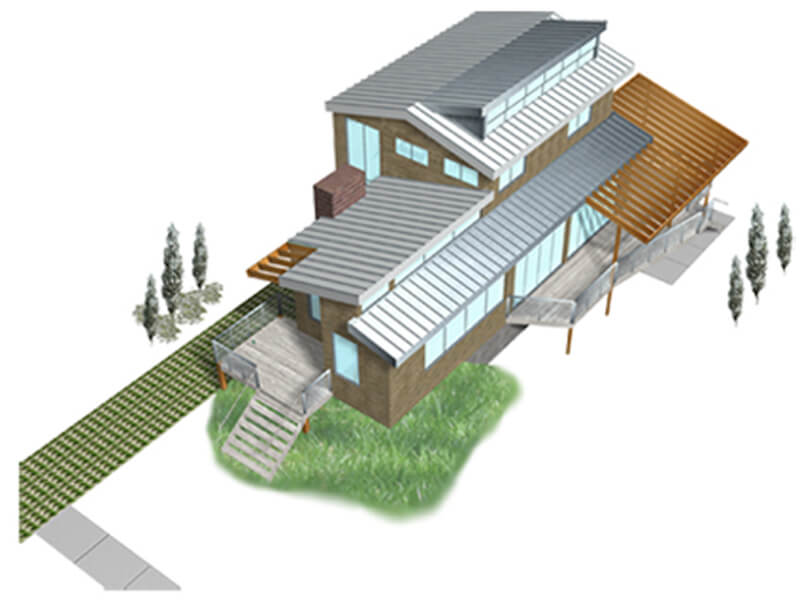A Necessary Second Act
[ original post date: 01/22/13 ]
[ a necessary second act ] – GreenspaceNYC post
Blog post below originally posted at GreenspaceNYC as a lead in for the [ second life ] : remix event on Friday, January 25th, 2013 at the HINYC on the UWS of Manhattan.
>>>>>
[ A NECESSARY SECOND ACT ]
– CONSUMER GOODS HAVE A PAST AND PRESENT, WHY NOT A FUTURE?
“Listen up, you couch potatoes: each recycled beer can saves enough electricity to run a television for three hours.” - Denis Hayes
I’m spent all of my adult life designing things, mostly buildings. One thing that is common in any creative or production-related project is the amount of resources that are wasted in process. A simple renovation might involve many actions and result in staggeringly large amounts of waste. Demolition of existing materials without properly sorting materials will result in landfill waste, shipping fixtures from separate locations can result in higher carbon emissions, and packaging waste can multiply the materials destroyed in process.
“According to some accounts, more than 90% of materials extracted to make durable goods in the United States become waste almost immediately … the product itself contains on average only 5% of the raw materials involved in the process of making and delivering it.”
– Michael Braungart and William McDonough
If you haven’t read the book Cradle to Cradle, you should. It explores the processes through which we create and manufacture the everyday goods we rely on. A striking example is the way that shoes are manufactured.
Leather is a natural resource made of a renewable material (the individual cows may disagree with that assessment). The blending of this material with chromium, which is used to tan and treat the leather, makes the resulting material less than the sum of it’s raw parts which means that the resultant materials cannot be reused in a similar manner. They can perhaps be down-cycled into a lesser use, but their ‘highest and best use’ is a thing of the past.
“A society is defined not only by what it creates, but by what it refuses to destroy.” – John Sawhill
When we create, we have a responsibility to think not only of primary function, but also to preserve as much value and energy in future use. It is challenging to manufacture, design, and plan all creative processes within a true ‘zero impact’ or ‘cradle to cradle’ framework. Items and materials degrade, some waste is present, and some marginal utility will likely not make economic sense in the process. But a good faith effort by designers and manufacturers to squeeze the full utility of resources, both in the near and short term, is integral to our society continuing to function at its highest levels of productivity.
“Use it up, wear it out, make it do, or do without.” – New England proverb
I will confess that the ecological impact of my designs is not always given the weight that it would receive in a perfect world. Often the client has needs that are met by manufacturers, further from the project site. Sometimes the light that is more efficient is removed in favor of a less efficient light that the client aesthetically loves. These decisions are not made in a vacuum and many considerations (cost, ecological impact, aesthetic tenor, and schedule) are factored into design decisions in real time.
The value in an event like Second Life: Remix is in the realization, demonstration, and celebration that many common items, much like some of us, deserve second chances at achieving utility. I find it inspiring that we will have a night dedicated to unlocking a materials second life and perhaps providing us all with a roadmap of how to reshape the worlds we live one piece of waste at a time.

